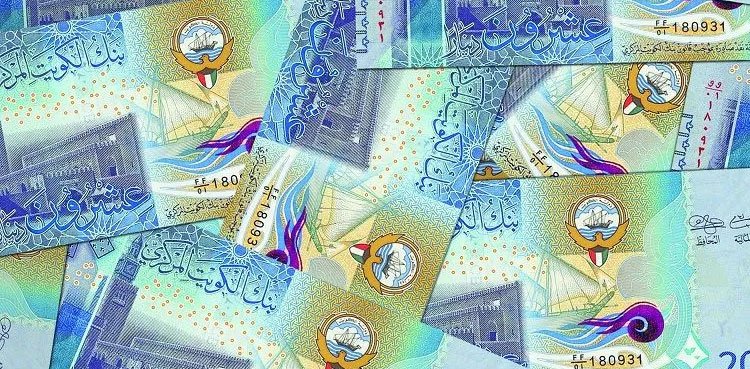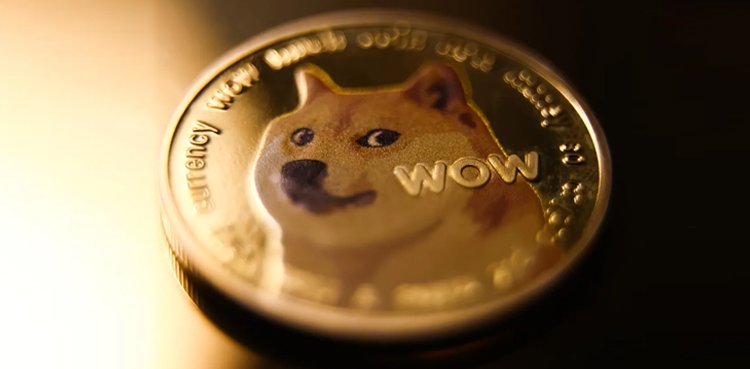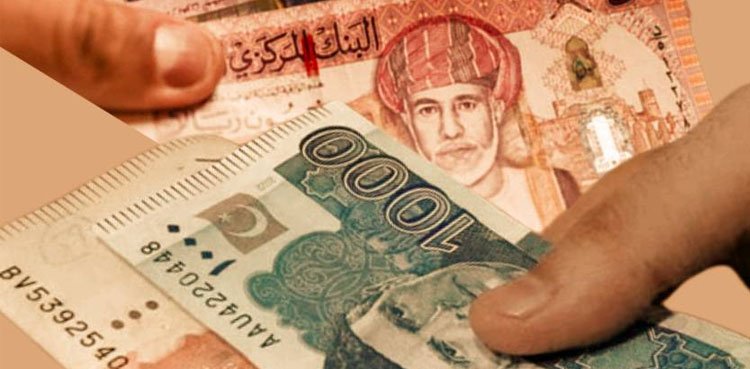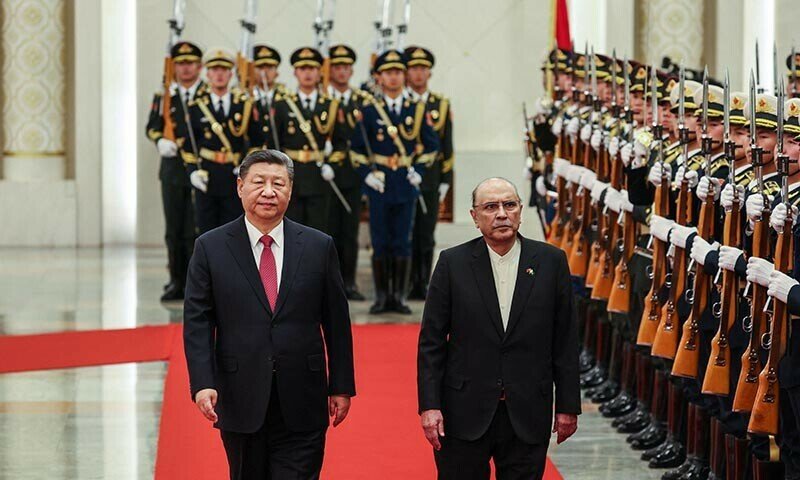
Karachi/Kuwait City, July 12, 2025 – The exchange rate between the Kuwaiti Dinar (KWD) and the Pakistani Rupee (PKR) saw a minor downward adjustment today, with 1 KWD currently valued at 930.03 PKR.
This slight dip comes after a period of sustained gains for the dinar, interrupting a month-long upward trajectory. The KWD was recorded at 932.18 PKR on July 11 and 931.78 PKR on July 10, indicating a modest retreat from its recent peak.
Despite today’s small decline, the Kuwaiti Dinar has demonstrated significant strength against the Pakistani Rupee over the past 32 days, appreciating by approximately 10.36 PKR (1.13%) since June 10, when it stood at 919.67 PKR. This upward trend saw the KWD steadily climb through June and early July, reaching 922.06 PKR on June 13, 925.45 PKR on June 18, 926.79 PKR on June 24, 928.22 PKR on June 25, 928.32 PKR on June 26, 928.56 PKR on June 27, and 930.44 PKR on July 9, before its peak on July 11.
Key Exchange Rate Figures (July 2025):
- July 12, 2025 (Current): 1 KWD = 930.03 PKR
- July 11, 2025: 1 KWD = 932.18 PKR
- July 10, 2025: 1 KWD = 931.78 PKR
- June 10, 2025: 1 KWD = 919.67 PKR
What’s Driving the KWD-PKR Exchange Rate Fluctuations?
The minor retreat of the Kuwaiti Dinar today can be attributed to typical short-term market adjustments or potential profit-taking after its strong recent performance. The fundamental drivers of the KWD’s strength remain robust:
- Kuwait’s Oil-Driven Economy: Kuwait’s substantial oil reserves and stable global oil demand continue to underpin the dinar’s high value, reflecting a strong and resilient economy.
- Pakistan’s Domestic Pressures: Conversely, the Pakistani Rupee continues to contend with internal economic challenges, primarily persistent inflation and ongoing trade imbalances. These factors consistently exert downward pressure on the PKR’s value against stronger currencies like the KWD.
Today’s dip could be a temporary pause in the dinar’s rally rather than a significant reversal, aligning with natural market volatility.
Kuwaiti Dinar Rate-Daily Updates
Impact on Everyday People: Remittances, Imports, and Investments
Understanding the KWD-PKR exchange rate is crucial for various stakeholders:
- Pakistani Workers in Kuwait (Remittances): For the large Pakistani diaspora working in Kuwait, the dinar’s historically high value continues to be a significant advantage. Their remittances, converted into Pakistani Rupees, stretch further, providing vital support for families back home covering essential expenses like food, education, and healthcare. While today’s slight dip might mean a marginal reduction in the rupee equivalent, the overall strength of the KWD ensures remittances remain a crucial economic lifeline.
- Pakistani Importers: The small decline in the KWD could offer a marginal reprieve for Pakistani importers sourcing goods from Kuwait. However, it’s important to note that costs remain elevated compared to June’s lower levels.
- Kuwaiti Investors in Pakistan: Kuwaiti investors looking towards Pakistan might experience a marginally reduced edge due to the slight KWD depreciation. Nevertheless, the dinar’s inherent strength generally continues to favor cross-border investment opportunities.
This subtle shift in the KWD-PKR dynamic highlights the ongoing importance of monitoring currency movements for individuals and businesses involved in trade, remittances, and investment between the two nations.
Understanding the Currencies: KWD and PKR
- Kuwaiti Dinar (KWD): As Kuwait’s national currency, the KWD is widely recognized as one of the strongest currencies globally. Its stability and high value are primarily backed by Kuwait’s immense oil wealth and sound, prudent financial management policies.
- Pakistani Rupee (PKR): The Pakistani Rupee is the official currency of Pakistan, regulated by the State Bank of Pakistan. While it serves as the backbone of Pakistan’s economy, the PKR frequently faces challenges, including inflationary pressures, fiscal deficits, and a substantial national debt, which contribute to its depreciation against major international currencies like the Kuwaiti Dinar.




